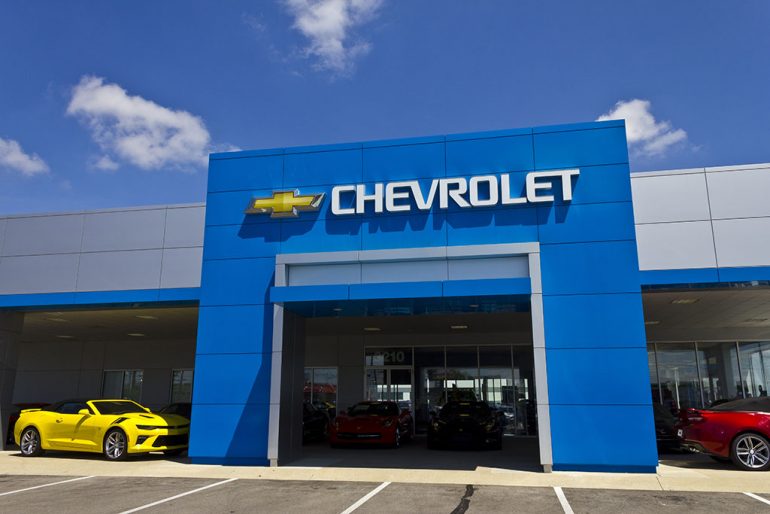
General Motors and Stellantis have emerged as leaders by achieving the largest increase in minority-owned dealerships since 2012. Headlined by AutoNews, this accomplishment marks a turning point, with 110 new U.S. minority-owned stores added in 2022, a milestone that has not been achieved in over a decade. Stellantis took the lead by incorporating 32 minority-owned dealerships into its U.S. dealership count, closely followed by General Motors, which gained 26, as reported by the National Association of Minority Automobile Dealers (NAMAD).
The data provided by NAMAD underscores the importance of this progress, with the total number of minority-owned dealerships reaching 1,476 by the end of 2022. While this comprises nearly 9 percent of the 16,773 franchised dealerships in the U.S., as stated in the National Automobile Dealers Association’s 2022 NADA Data report, the noteworthy fact is that the industry achieved over 100 new minority-owned stores for the second consecutive year, following a 109-store increase in 2021. Notably, this achievement has been unprecedented since 2012.
Also, don’t forget that you can get discounted new car pricing with a free quote through qualified local dealer partners.
In terms of the distribution among automakers, General Motors held the foremost position with 329 minority-owned dealerships by the close of 2022. Stellantis secured the second spot with 243, trailed by Ford with 213, Toyota Motor North America with 120, and Nissan with 113. The success of Stellantis can be attributed to its focused efforts in seeking ownership opportunities for minority entrepreneurs. Phil Langley, the head of U.S. network development for Stellantis, commended the support of various organizations in this endeavor, affirming the company’s commitment to diversity and growth.
The resurgence of minority-owned dealerships after the economic downturn of 2008-09 has been a gradual yet significant process. The numbers saw a peak of 1,805 in 2005, but by 2011, they had plummeted to 875, according to NAMAD data. The stability in leadership has contributed to this rebound, as consistent leadership has led to better results. Stellantis’ proactive approach in fostering minority ownership opportunities, driven by its diversity and inclusion initiatives, has been a crucial factor in this upward trajectory.
However, challenges persist in the form of access to capital and the increasing costs associated with franchise opportunities. Maintaining these hard-fought gains is paramount, especially as retirements may lead to non-minorities taking over these dealerships. The balance between gaining new minority-owned stores and retaining existing ones is vital to sustaining progress. The history of General Motors’ Minority Dealer Development Program, established in 1972, reflects its commitment to fostering successful minority dealers who cater to diverse communities.
Tia Hardman, Director of Dealer Diversity Relations for General Motors, affirmed the company’s dedication to creating a customer-focused and profitable dealer network that accurately represents the communities it serves. The collaboration between automakers and organizations like NAMAD, the Chrysler Minority Dealer Association, and the Rainbow PUSH Coalition highlights the positive impact that industry-wide efforts can have in promoting diversity, inclusion, and economic growth.
Source: AutoNews (subscription required)